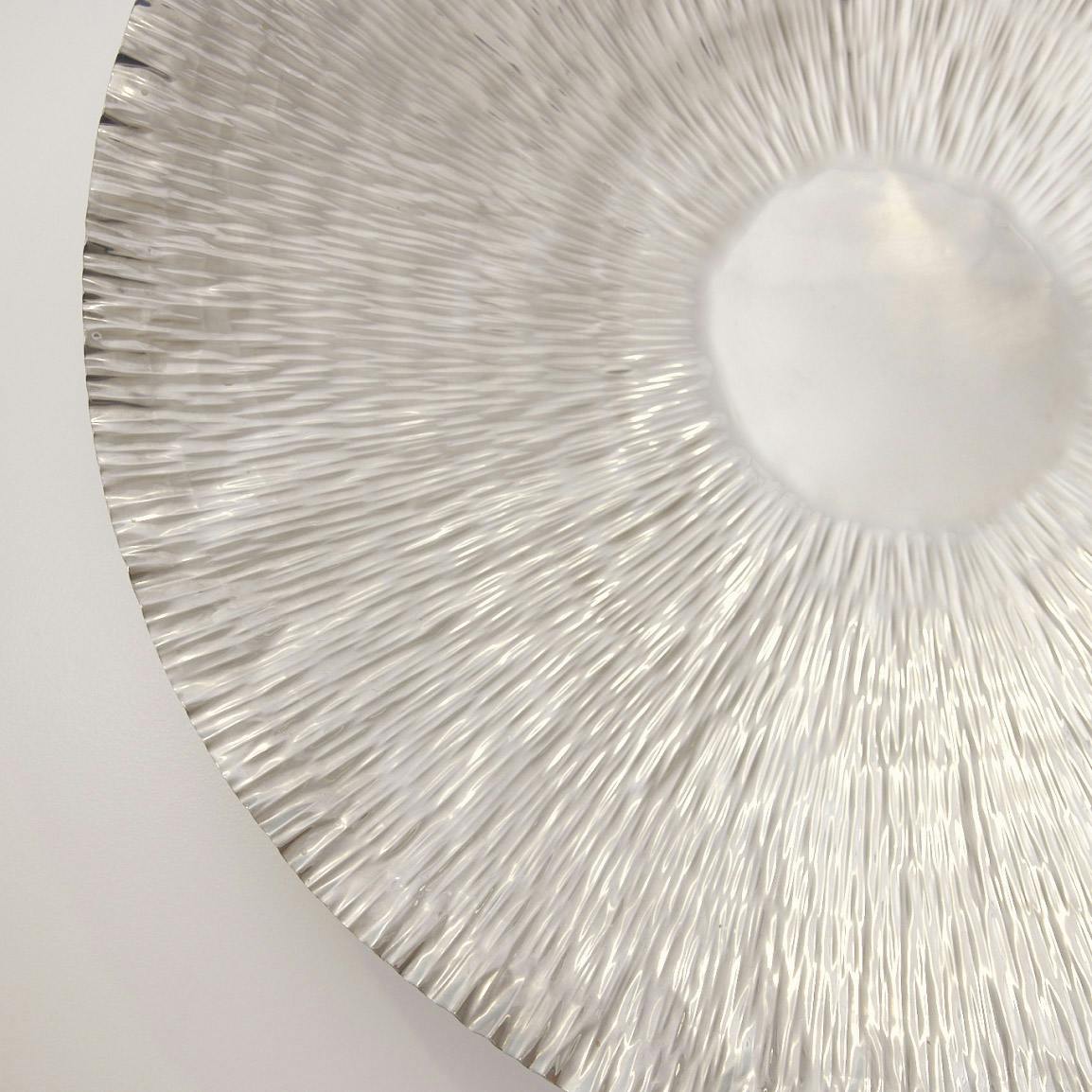If you're considering breast reduction surgery, you're in the right place. Dr. Panossian and his team specialize in helping patients achieve their desired results with professionalism, care, and expertise.
Identifying Ideal Candidates for Breast Reduction Surgery
Ideal candidates for breast reduction surgery are adult women who have large, heavy, or pendulous breasts that cause physical discomfort or embarrassment. Candidates should be in good health and have realistic expectations about the results of the procedure. It is important to note that Reduction Mammaplasty surgery does not correct drooping breasts; a breast lift may be recommended in addition to the mammaplasty procedure. Patients should also be non-smokers, as smoking can interfere with proper healing after surgery.














